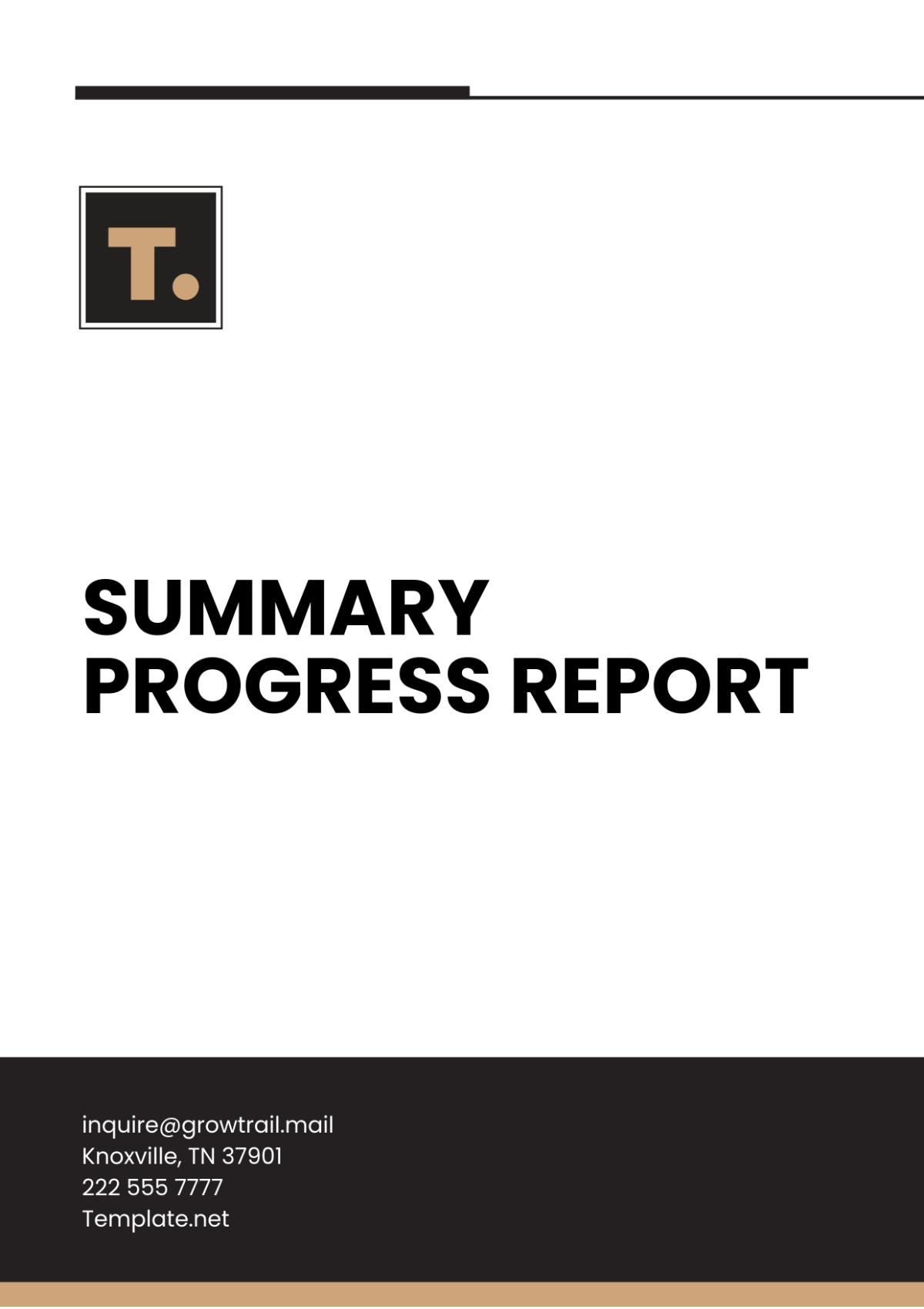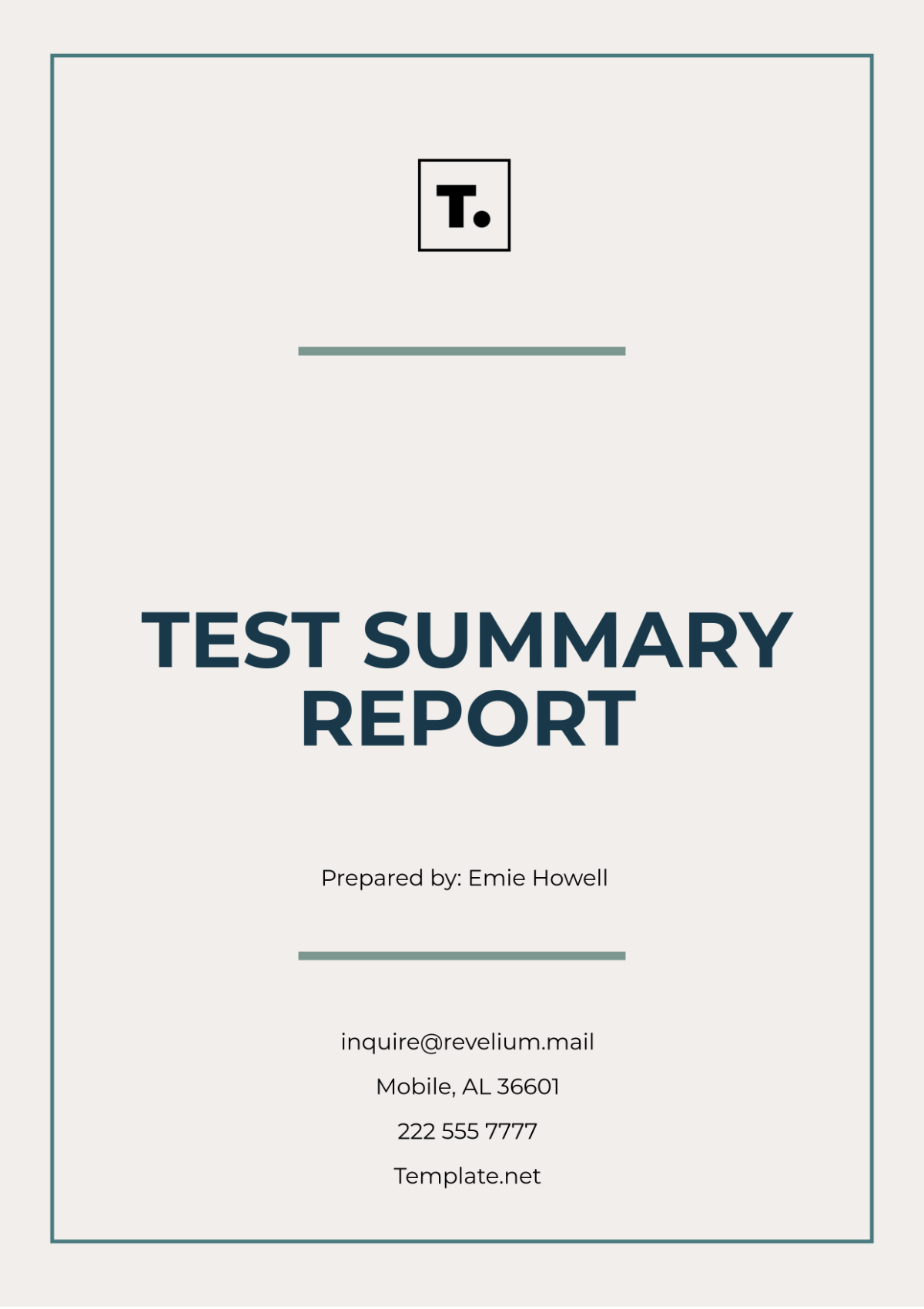Free BBQ Financial Summary Report
Track and summarize financial performance with the BBQ Financial Summary Report Template from Template.net. This editable and customizable template simplifies data organization. Use the AI Editor Tool to personalize it for your BBQ business.






























